
Here’s the scenario: A new customer arrives smiling. He says he’s heard good things about your work, and he’d like you to take a look at his beloved BMW. Sure, you say, no problem. You walk out to the lot with him and — hmm — it’s a model you’ve never worked on before. That won’t be an issue as far as your technical expertise is concerned, but how about looking up exactly the right service information, or ordering parts? No matter what that nicely-sculpted badge may say, you need to know how this particular vehicle is identified within its manufacturer’s information and catalog systems.
Hence, this article. We’ve included a handy chart that gives you the model, series, engine, years of manufacture and code for all the BMWs ever imported into the U.S. since 1980. That’s a quarter of a century. If you need to go back farther than that, you’re a restoration shop. We’ve printed it on both sides of one page so you can tear it out and hang it on the wall for quick reference. You may even want to laminate it in clear plastic to avoid grease spots from hard-working fingers.
Positioning in the market
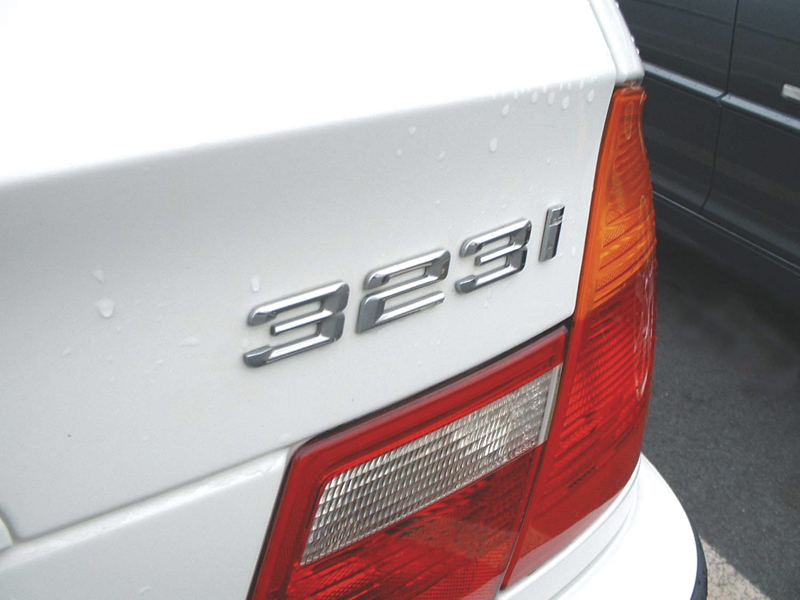
In spite of what you might expect, all 323i models, which are designated E46, are equipped with 2.5L engines (that is, the M52TU)
The story of how these designations came about is interesting. BMW uses two different systems of identifying its products. External designations, called “trunk badges,” exist to help consumers differentiate among models. Essentially, they’re a marketing tool, the names by which owners know their vehicles. They’re created by the sales and marketing department to position every model in exactly the right place as far as the competition is concerned.
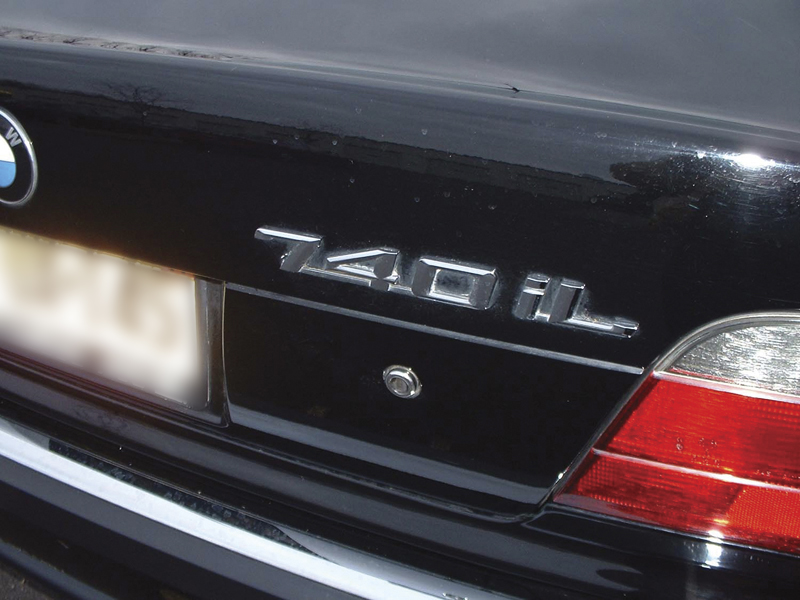
You’ll find a 4.4L engine in the 740i. This one has an “L” at the end, meaning it has a long wheelbase.
Most BMW badges are a combination of numbers and letters. The first number represents the series. Typically, the next two digits give the engine displacement in liters, although occasionally the actual displacement does not match the designation. This is a marketing decision designed to bolster familiar name recognition from one version to the next and to create spacing between models. Examples of this include:
- 1996-1999 318ti with a 1.9 liter engine
- 1996-2001 740i with a 4.4 liter engine
- All 323i models are equipped with a 2.5 liter engine.
There is, of course, another series of badges that begin with a letter followed by a single digit. These are found on the Z3 roadster and M3 coupe, X5 SAV, Z8 roadster and motorsport versions of various cars.
Additional letters sometimes follow the badge numbers and are used to further identify each model’s special characteristics, such as:
- C Coupe
- L Long Wheelbase
- i Fuel Injected
- s Sport
- x All-Wheel Drive
- ti touring internationale
Insider info
Then there are internal designations, which the company itself and authorized dealer personnel use to identify particular production versions with all their subtle differences. These are created by the engineering and technical development departments to identify a new model during the design process. The use of internal designations carries over to the technical support and parts groups after the car is produced, and they refer to the entire vehicle series of a particular body/chassis design. Not all design concepts make production, so internal designations are not necessarily sequential.
These start with the letter “E” for all BMW vehicles, which is followed by a two-digit number. For instance, E46 refers to all 3-series cars. Often, there’s an additional number separated by a slash (/):
- E36/7 (Z3)
- E46/3 (Sport Wagon)
- E46/16 (All-Wheel Drive)
- E36/5 (3-Door Touring)
- E46/2 (Coupe)
- E46/5 (3-Door Touring)
Vehicle Identification Numbers
For the mandated Vehicle Identification Number (VIN), BMW uses a 17-character structure, which provides all pertinent information.
- The first three letters and or digits are the manufacturer’s code:
4US = BMW MFG. Corp. Spartanburg*
NC0 = BMW South Africa*
WBA = BMW AG
WBS = Motorsport
- Spartanburg and South Africa not used after 1999.
- Letters and numbers in the four through seven spaces are the model code.
- The eighth space is reserved for the restraint system identifier:
0 = Seat belts
1 = Seat belts and Driver airbag
2 = Seat belts and dual airbags
3 = Seat belts and second generation dual front airbags
4 = Seat belts and dual-stage advanced front airbags
- The ninth space is occupied by a check digit determined by the VIN.
- The letter or number in the 10th space is the model year identifier (started in 1980). So, A=1980, progressing forward sequentially:
NOTE: I, O, Q, U and Z are not used because they can easily be mistaken for numbers.
| B=1981 | G=1986 | M=1991 | T=1996 | 1=2001 |
| C=1982 | H=1987 | N=1992 | V=1997 | 2=2002 |
| D=1983 | J=1988 | P=1993 | W=1998 | 3=2003 |
| E=1984 | K=1989 | R=1994 | X=1999 | 4=2004 |
| F=1985 | L=1990 | S=1995 | Y=2000 | 5=2005 |
NOTE: 6 through 9 will represent 2006 through 2009, then it starts alphabetically again with A=2010.
- The letter in the 11th space is the plant code:
A, F, K = Munich, Germany
C, B, D, G = Dingolfing, Germany
E, J, P = Regensburg, Germany
L, M = Spartanburg, U.S.A.
N = Roslyn, South Africa
W = Graz, Austria
V = Leipzig, Germany
- Letters/numbers 12 through 17 are the sequential production numbers.
You can find the VIN in the following locations:
- Left lower corner of the instrument panel. This is viewed through the windshield from outside the vehicle.
- B-pillar compliance label, which is on the driver’s side door jamb.
Additionally the VIN is stamped into the chassis in one of two locations:
- Under the hood on the right side of the engine compartment bulkhead.
- Under the hood on right side shock tower.
When was it built?
The production date can be found on the B-pillar compliance label. This information is required quite often when a repair procedure affects only a certain run of vehicles.
The date shown on the label reflects the actual month and year the vehicle was produced. It is not a model year indicator.
Anti-theft
Since 1987, the National Highway Traffic Safety Administration (NHTSA) has required that the VIN be marked on specific parts of the car during manufacture for theft identification. Some models are exempt if the total number of vehicles imported is below a certain threshold.
The following parts carry the VIN:
- Engine
- Transmission
- Hood
- Trunk lid
- Front and rear bumpers
- Front Fenders
- Doors
- Quarter panels
Color code
Whenever you have to order a pre-painted part, you’ll need the vehicle’s paint code, a three-digit number printed on the color identification tag in the engine compartment.


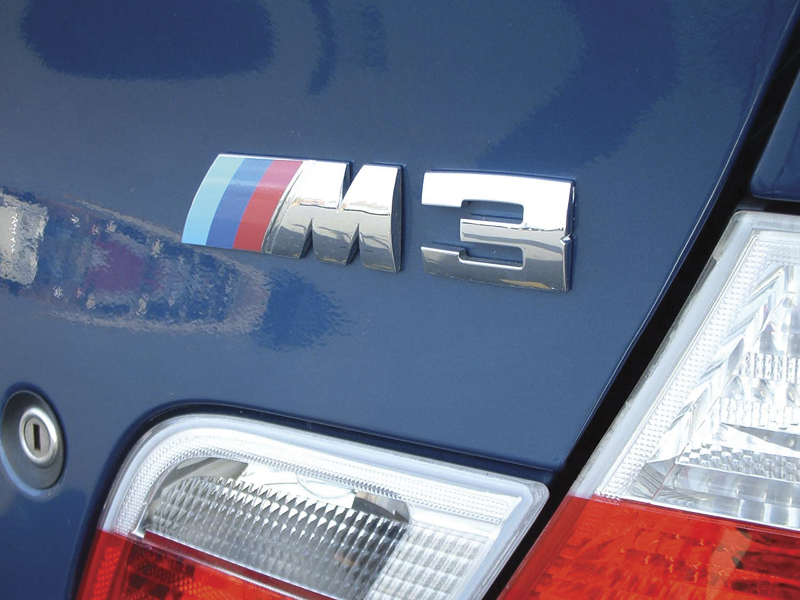
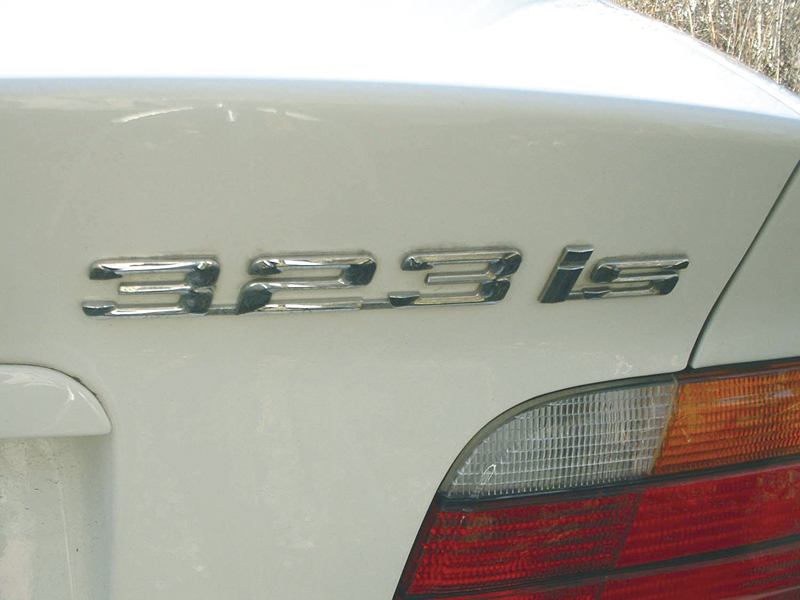
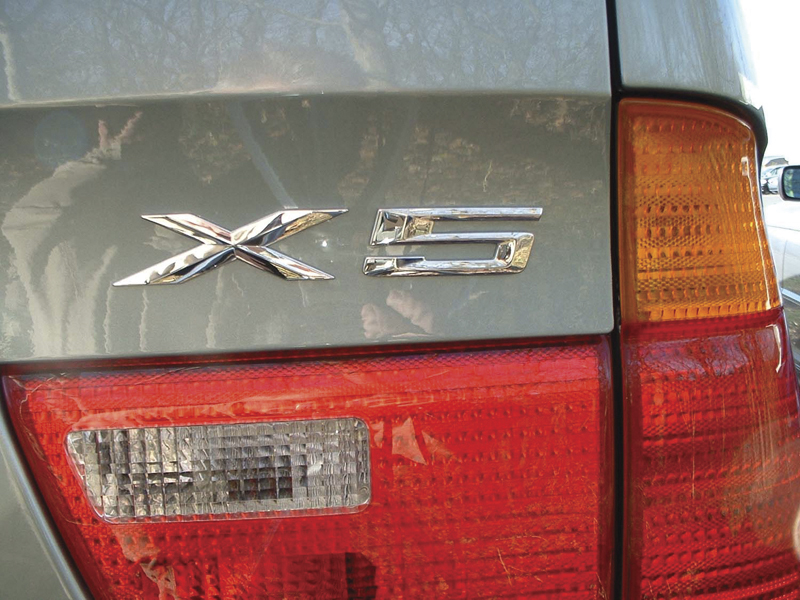
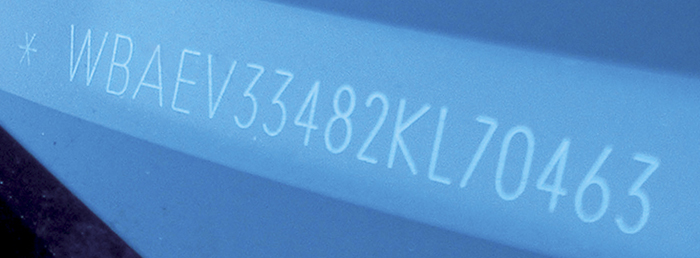
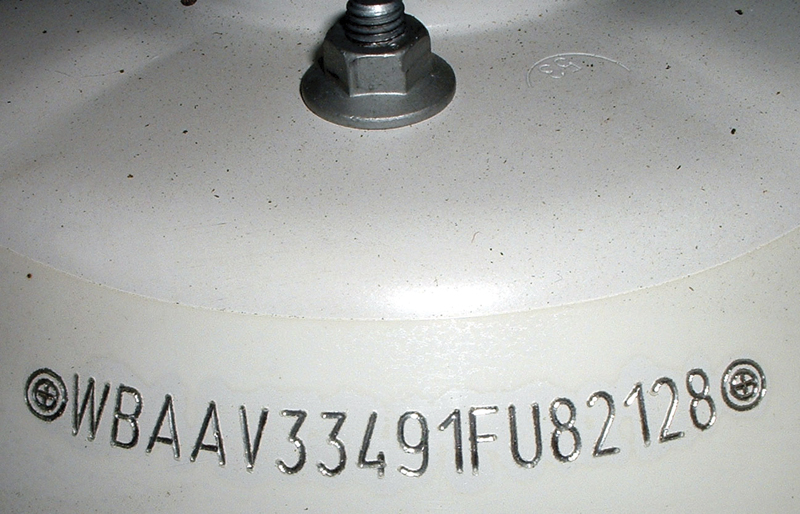
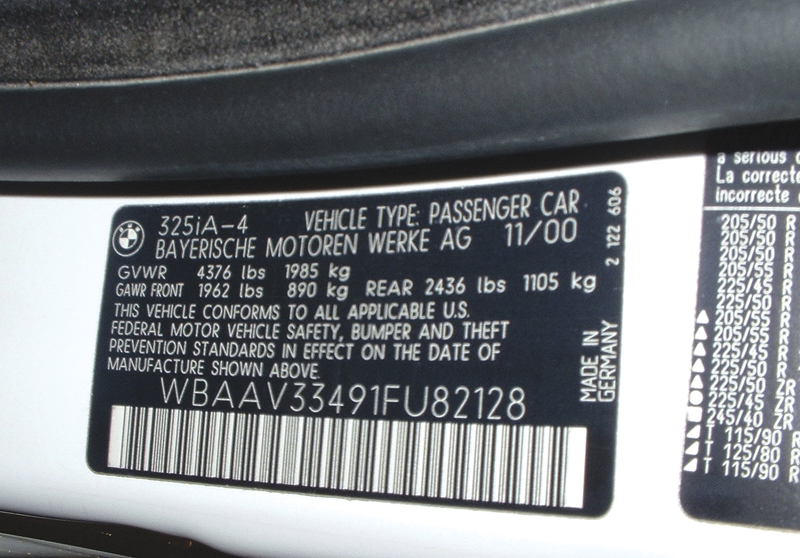
0 Comments